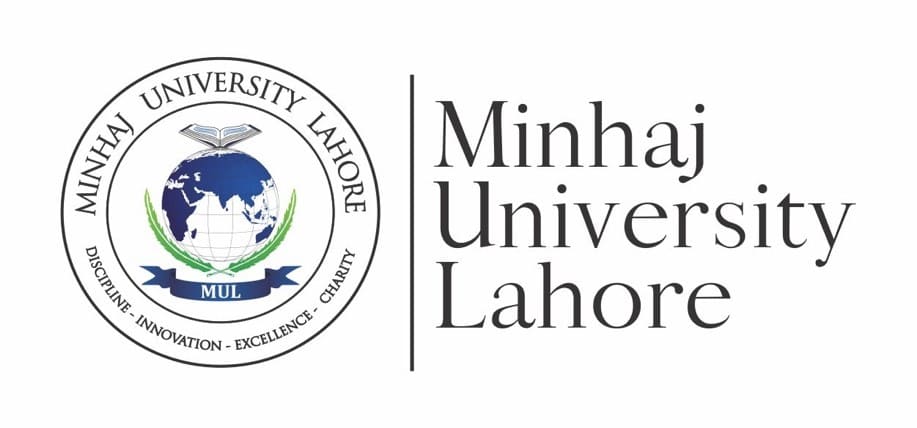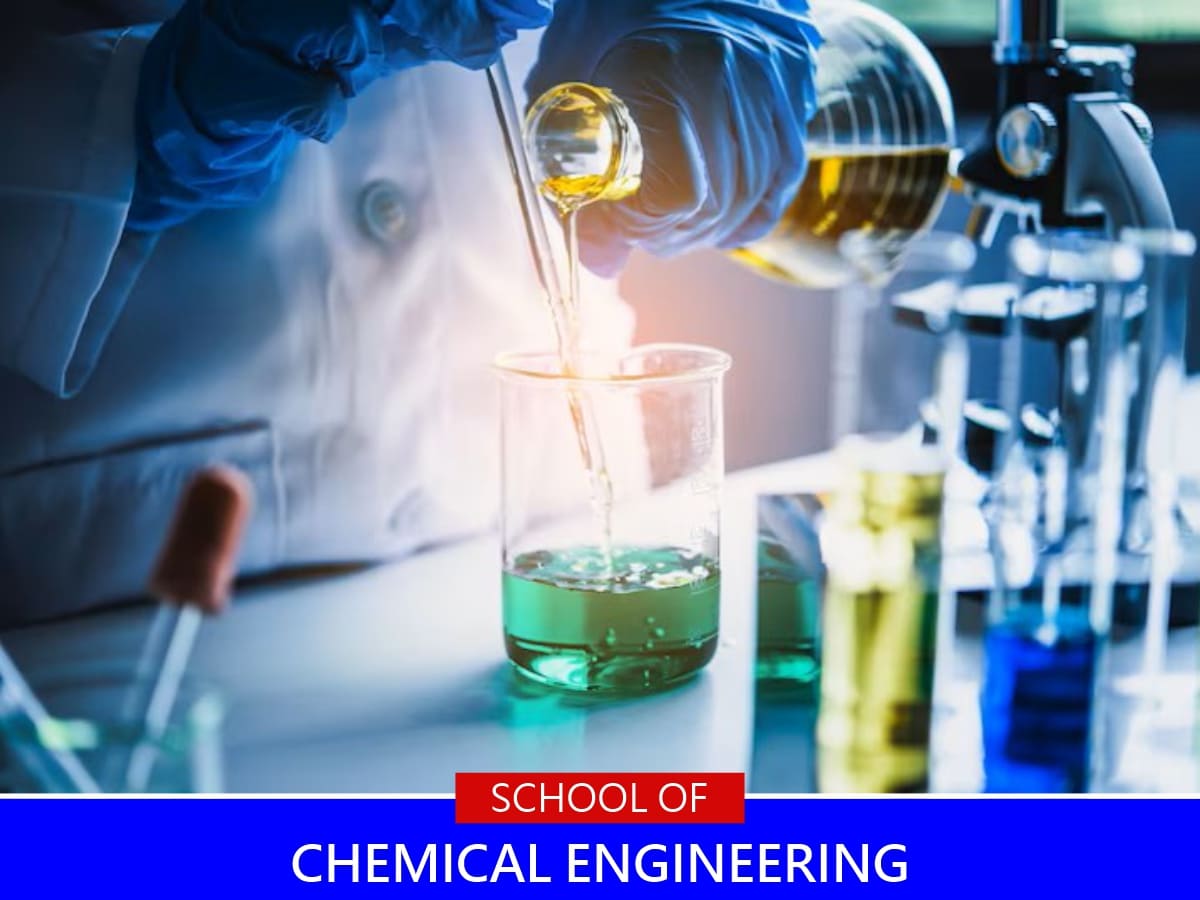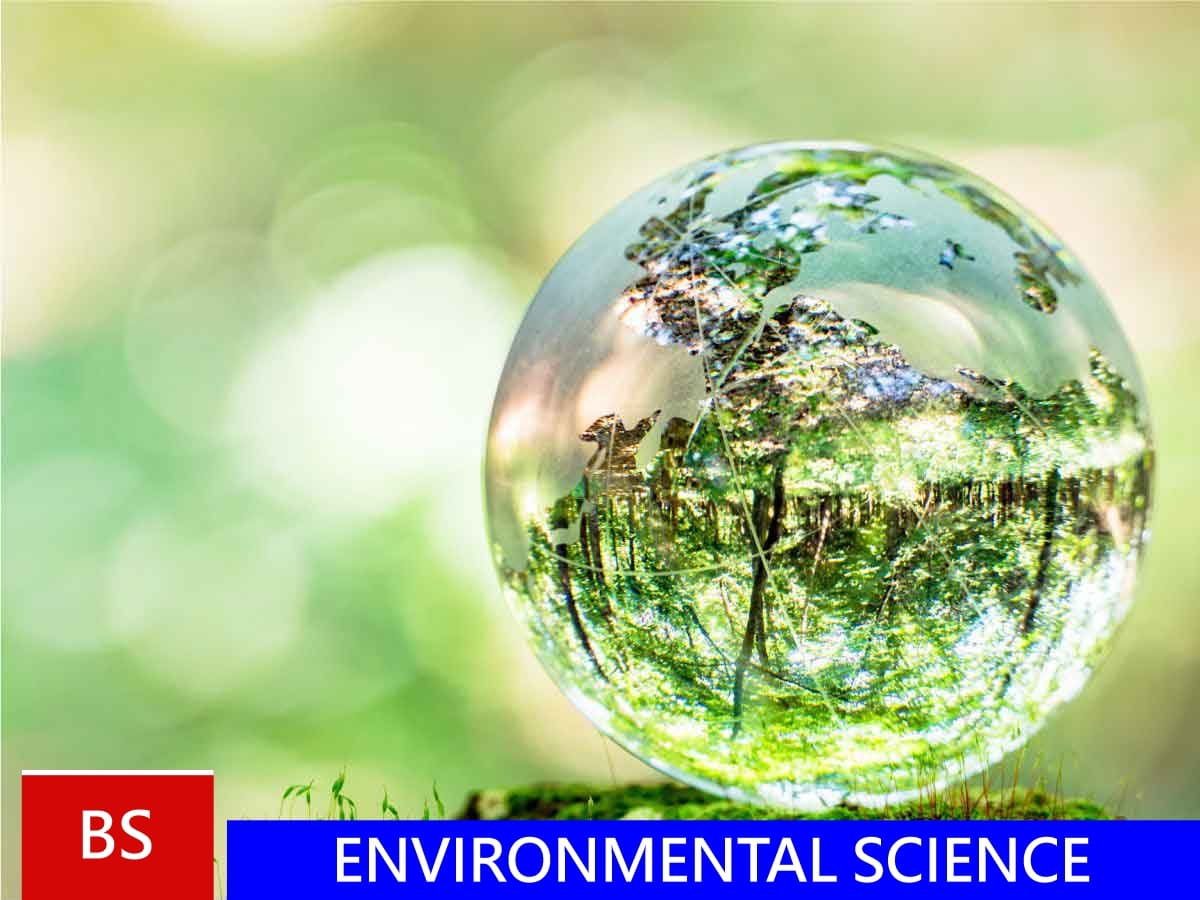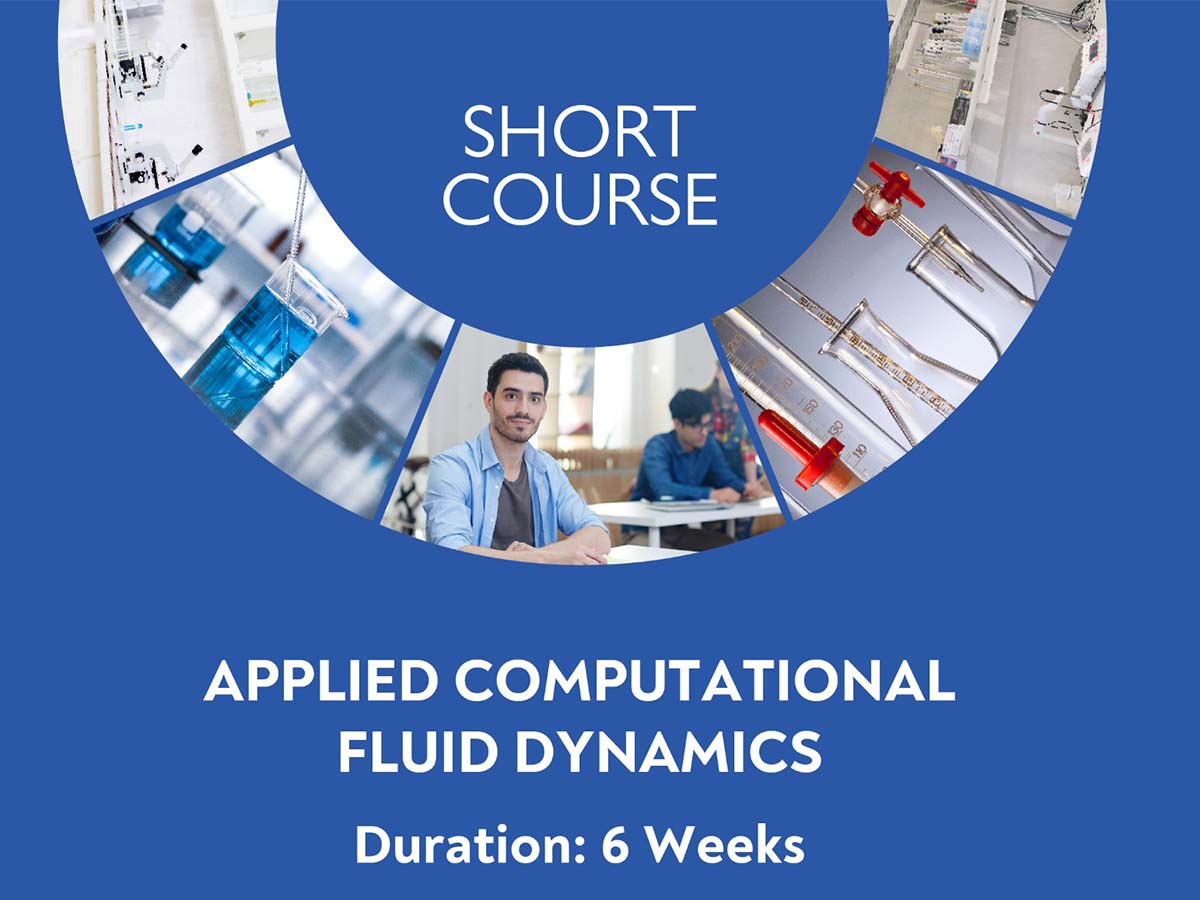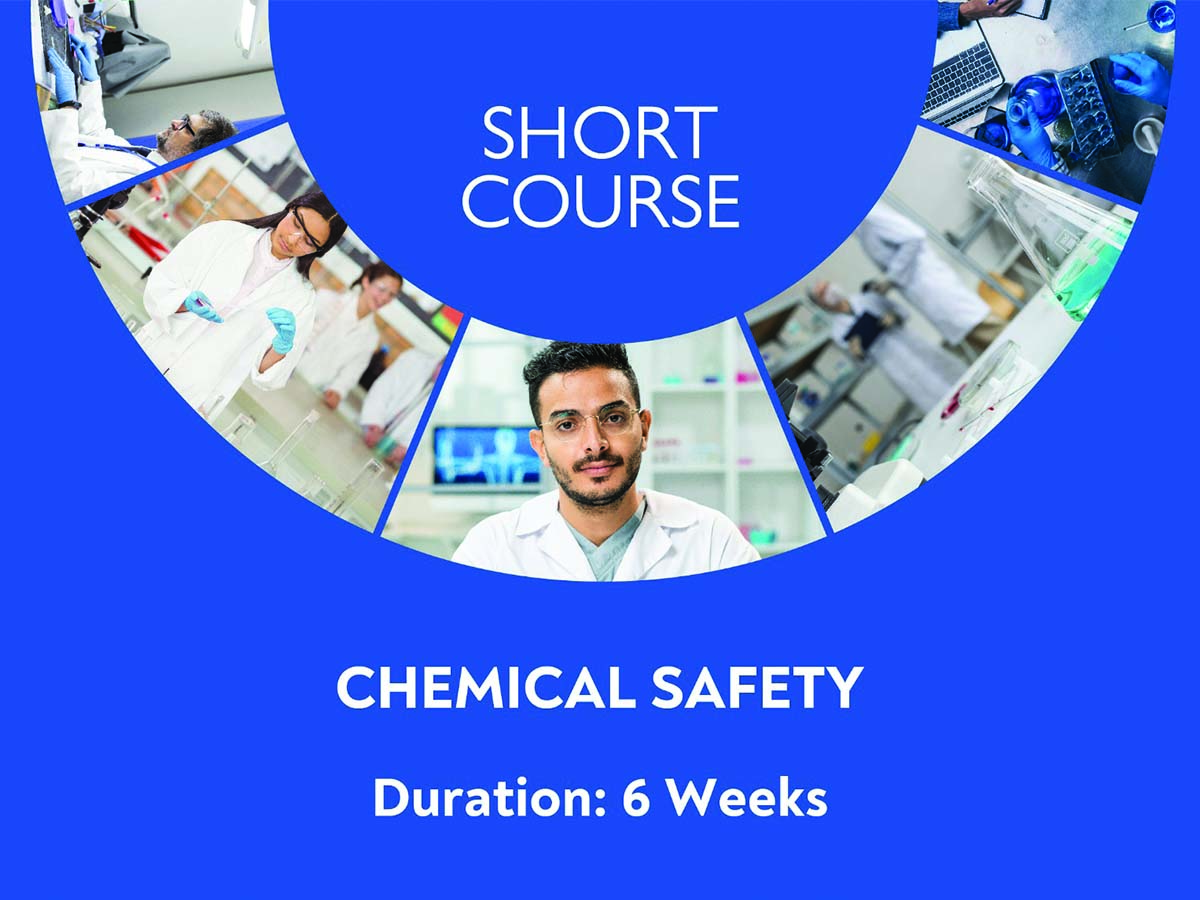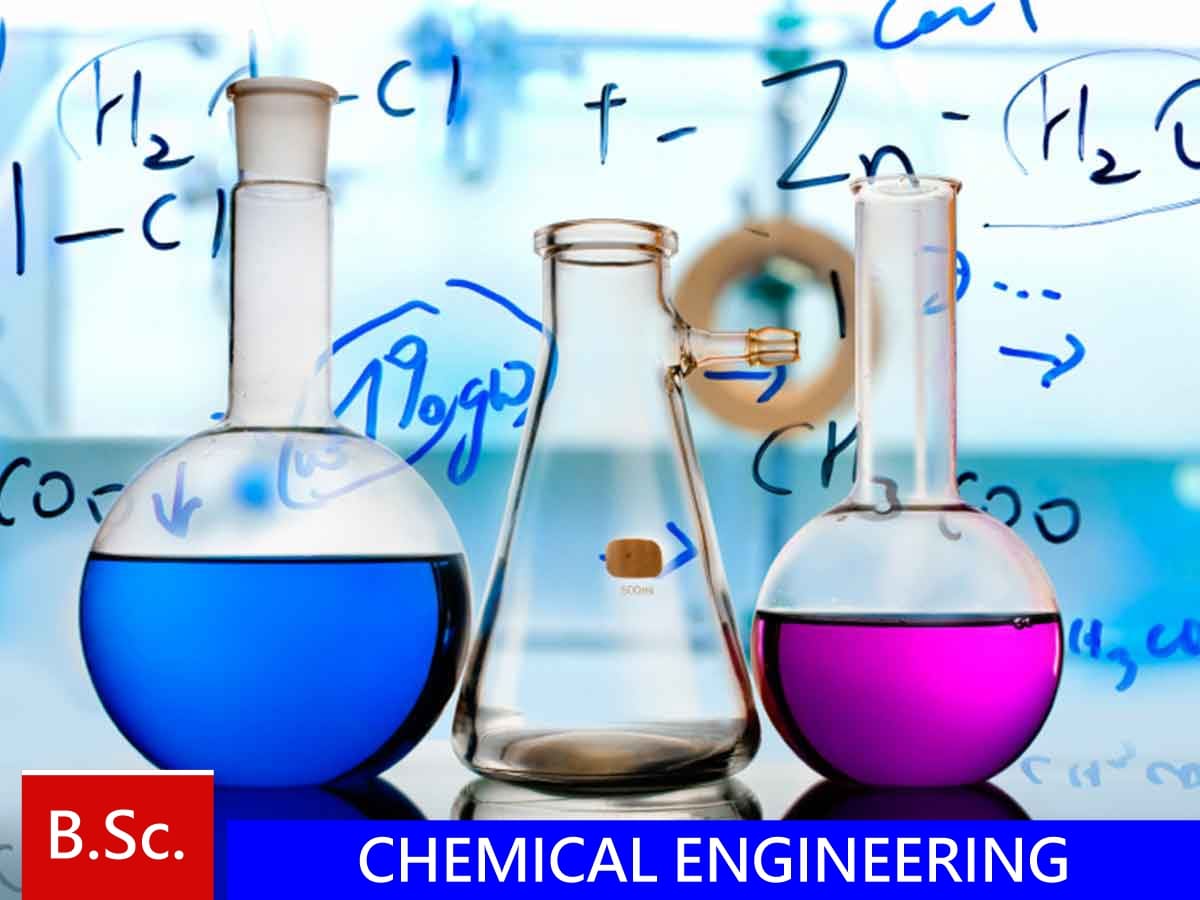“Synthesis and Characterization of thermo physical properties of phthalic anhydride glycerol Resin (PAGR) from soybean oil”
|
|
|
|
Year of Publication: 1970 |
“Removal of Para Chlorophenol (PCP) From Wastewater Using Aluminium/Graphite Electrode by Electrochemical Method”
|
|
|
|
Year of Publication: 1970 |
Designing efficient materials for high-performance organic solar cells: Detailed chemical space exploration, machine learning and virtual screening
Journal Name: Chemical Physics Letters
|
Volume # 834 |
|
Page # 140974 |
Year of Publication: 2023 |
The importance of deprotonation of copper oxyhydroxide on its activity towards water oxidation reactions
Journal Name: Korean Journal of Chemical Engineering
|
Volume # 40 |
Issue # 11 |
Page # 2751-2758 |
Year of Publication: 2023 |
Industrial Wastewater Treatment by using Graphite Intercalation Compounds as an Adsorbent
Journal Name: Iranian Journal of Chemistry and Chemical Engineering
|
Volume # 42 |
|
|
Year of Publication: 2023 |
Ag2O Modified CuO Nanosheets as Efficient Difunctional Water Oxidation Catalysts”
Journal Name: Journal of Photochemistry and Photobiology, A: Chemistry
|
|
|
|
Year of Publication: 2022 |
Ag2O modified CuO nanosheets as efficient difunctional water oxidation catalysts
Journal Name: Journal of Photochemistry and Photobiology A: Chemistry
|
Volume # 433 |
|
Page # 114166 |
Year of Publication: 2022 |
Synthesis of Hollow Cu@Cu3-xP Core-Shell Nanostructure as Dual-functional Catalyst with Copper Vacancy for Enhancing Chemical Reduction and Photocatalytic Performance
Journal Name: Applied Surface Science
|
|
|
|
Year of Publication: 2022 |
Photocatalytic Performance and Mechanism of Hydrogen Evolution from Water over ZnCdS/Co@CoO in Sacrificial Agent-free System
|
|
|
|
Year of Publication: 2022 |
Establishment of Integrated Analysis Method for Probing and Reconstructing Hydrogenation Mechanism of a Model Reaction
Journal Name: Catalysts
|
|
|
|
Year of Publication: 2022 |
Life Cycle Assessment of Lithium-ion Batteries: A Critical Review
Journal Name: Resources, Conservation & Recycling
|
Volume # 180 |
Issue # 106164 |
|
Year of Publication: 2022 |
ELECTROCHEMICAL OXIDATION OF DISSOLVED ORGANIC DYE IN AQUEOUS SOLUTION
Journal Name: ImasCongres
|
Volume # 2 |
|
Page # 1250-1257 |
Year of Publication: 2022 |
Novel corona virus disease (COVID-19): An updated review on epidemiology, pathogenicity, clinical course, treatments, migrant health concerns and risk factors predictions
Journal Name: Pakistan Journal of Pharmaceutical Sciences
|
Volume # 34 |
|
Page # 1807-1822 |
Year of Publication: 2021 |
Enhanced Synergistic Catalysis of Novel Ag2O/CuO Nanosheets Under Visible Light Irradiation for the Photo-decomposition of Organic Pollutants”
Journal Name: Journal of Environmental Chemical Engineering
|
|
|
|
Year of Publication: 2021 |
Insight of organic molecule dissolution and diffusion in cross-linked polydimethylsiloxane using molecular simulation
Journal Name: Journal of Membrane Science
|
Volume # 620 |
|
Page # 118863 |
Year of Publication: 2021 |
Synergistic Catalysis of Fe3O4/CuO Bimetallic Catalyst Derived from Prussian Blue Analogues for the Efficient Decomposition of Various Organic Pollutants
Journal Name: Chemical Physics
|
|
|
|
Year of Publication: 2021 |
Coordinate covalent grafted ILs-modified MIL-101/PEBA membrane for pervaporation: Adsorption simulation and separation characteristics
Journal Name: Journal of Membrane Science
|
Volume # 619 |
|
Page # 118807 |
Year of Publication: 2021 |
A Comprehensive Review of the Advancement in Recycling the Anode and Electrolyte from Spent Lithium Ion Batteries
Journal Name: Sustainable Chemistry & Engineering
|
Volume # 8 |
|
Page # 13527-13554 |
Year of Publication: 2020 |
In-situ SIFSIX-3-Cu growth into melamine formaldehyde sponge monolith for CO2 efficient capture
Journal Name: Separation and Purification Technology
|
Volume # 233 |
|
Page # 116042 |
Year of Publication: 2020 |
Synergistic catalysis of Co(OH)2/CuO for the Degradation of organic pollutant Under Visible Light irradiation
Journal Name: Scientific Nature
|
|
|
|
Year of Publication: 2020 |
Combustion modeling and simulation of recycled Anode off gas from solid oxide fuel cell
|
|
|
|
Year of Publication: 2025 |
Highly selective and robust PDMS mixed matrix membranes by embedding two-dimensional ZIF-L for alcohol permselective pervaporation
Journal Name: Journal of Membrane Science
|
Volume # 582 |
|
Page # 307-321 |
Year of Publication: 2019 |
In situ fabrication of MOF nanoparticles in PDMS membrane via interfacial synthesis for enhanced ethanol permselective pervaporation
Journal Name: Journal of Membrane Science
|
Volume # 573 |
|
Page # 344-358 |
Year of Publication: 2018 |
Deploying Turbulent Jet Fluid under Gullwing to Enhance Extraction/Separation Processes for Chemicals
|
|
|
|
Year of Publication: 2025 |
Wastewater treatment of textile industry via adsorption and electrochemical regeneration
Journal Name: Int Conf Adv Environ Res
|
Volume # 87 |
|
Page # 13-9 |
Year of Publication: 2015 |
Phase equilibrium of CO2 and organic sulfur species in Methyldiethanolamine (MDEA) aqueous solution; Study of Acid gases loading effect on the partition coefficient of n-Propylmercaptan
|
|
|
|
Year of Publication: 2025 |
Development of an inclined Plate Extractor –Separator for Immiscible Liquids
|
|
|
|
Year of Publication: 2025 |
Selection of Tube Material in A Corrosion Affected Condenser of A Power House (Part-II)
|
|
|
|
Year of Publication: 2025 |
“Selection of heat stainless steel exchangers”
|
|
|
|
Year of Publication: 2025 |
“Selection of Tube Material in A Corrosion Affected Condenser of A Power House (Part-I)”
|
|
|
|
Year of Publication: 2025 |
“Safe level of chloride ions in wash water prior to epoxy coating on steel substrates for oil and gas storage/ transmission”
|
|
|
|
Year of Publication: 2025 |
Characterization of Mild Steel Pre Rusted and Rust converted Surfaces through Advanced Electrochemical Analysis
|
|
|
|
Year of Publication: 2025 |
“Characterization of Mild Steel Pre Rusted and Rust converted Surfaces through Advanced Electrochemical Analysis”
|
|
|
|
Year of Publication: 2025 |
“Coating Degradation at Tank Bottom due to Settled Water”
|
|
|
|
Year of Publication: 2025 |
“Decloroziation and removal of Cod and Bod from Raw and Biotreated Textile Dye Bath effluent through advanced oxidation processes (AOPS)”
|
|
|
|
Year of Publication: 2025 |
M.Tahir Butt, Anwar Saeed Ahmed, Farooq Taj and Karamat. “Assessment Of Pollution Load on under Ground Water In District Gujrat due to chloride, iron, fluoride and nitrate. Pakistan journal of Science Vol. 58 No. 304 Page No. 116-120, March 2007
|
|
|
|
Year of Publication: 2025 |
Sameer Ahmed, M. Tariq Saeed and Farooq Taj. “Development in Coal Desulphurization”; Part-III, Pak. J. Sci. Res. Lahore Vol. 57. No1-2, Page No. 31-36 2006
|
|
|
|
Year of Publication: 2025 |
Sameer Ahmed, M. Tariq Saeed and Farooq Taj. “Development in Coal Desulphurization”; Part-I, Pak. J. Sci. Res. Lahore Vol. 57. No1-2, Page No. 19-27 2005
|
|
|
|
Year of Publication: 2025 |
“Sameer Ahmed, M. Tariq Saeed and Farooq Taj. Fluidized bed combustion of Low – Grade Coals with Limestone”;Vol. 57, No..1 – 2, 2005, Nov. 11, 2004.
|
|
|
|
Year of Publication: 2025 |
“A review Report on Corrosion of Iron and Steel”
|
|
|
|
Year of Publication: 2025 |
“The Kinetics and Solvent Extraction of Metals in Hydrometallurgical Processes”
|
|
|
|
Year of Publication: 2025 |
Revised Techno Economic Feasibility Report on commercial Dehydration of Vegetables, 2002.
|
|
|
|
Year of Publication: 2025 |
Technical Report: Processing of citrus juice, 2002.
|
|
|
|
Year of Publication: 2025 |
Ahmed, A.S., Akhter, M., Shaheen, M.Y., and Taj, F. 2002. Separation of mixture of m-cresol and p-cresol by dissociation extraction. Pak. J. Sci. Res. 45 (5) 302-307.
|
|
|
|
Year of Publication: 2025 |
Mechanical design of p-amino phenol reaction vessel (capacity 1 ton/batch), 2002.
|
|
|
|
Year of Publication: 2025 |
Production of Oyster Mushroom: Techno Economic Feasibility Report, 2002.
|
|
|
|
Year of Publication: 2025 |
Production of zinc Ethylene bisdithiocarbonate (ZINEB), 2001. Pages: 59
|
|
|
|
Year of Publication: 2025 |
“Mass Transfer Parameters for a Reactive System in an Extraction Column”
|
|
|
|
Year of Publication: 2025 |
Deodorization of Kerosene Oil (One ton/day), 2001. Pages: 11
|
|
|
|
Year of Publication: 2025 |
Production of activated carbon from Agro waste and inferior woods, 2000. Pages: 14
|
|
|
|
Year of Publication: 2025 |
Ahmad, A.S., Taj, F., Shaheen, M.Y., and Akhtar, M. 1999. Design and operation of a vertical multistage mixer settler. H.P.I. Ch. E. 28(1-4), 23.
|
|
|
|
Year of Publication: 1999 |
Taj, F., Tariq, M.A., Saeed, M.T., and Hussain, L. 1999. Mass transfer study of CO2 (g) into aqueous solution of BaS in continuous stirred tank reactor. Sci. Int. (Lahore), 11(4), 361-362.
|
|
|
|
Year of Publication: 1999 |
Regeneration of used engine oil, 1999. Pages: 18
|
|
|
|
Year of Publication: 1999 |
Ahmad, A.S., Taj, F., Shaheen, M.Y., and Akhtar, M. 1999. Design and operation of a vertical multistage mixer settler. H.P.I. Ch. E. 28(1-4), 23.
|
|
|
|
Year of Publication: 1999 |
Technical report on Magnesium Sterate, 1998. Pages: 6
|
|
|
|
Year of Publication: 1998 |
Ch. S.M., Saeed, M.T., Taj, F., and Butt, M.A. 1996. Filtration characteristics of compressible slurries. J.P.I. Che. E., XXIV, (1-2), 85-89.
|
|
|
|
Year of Publication: 1996 |
Ch. S.M., Saeed, M.T., Taj, F., and Butt, M.A. 1996. Filtration characteristics of compressible slurries. J.P.I. Che. E., XXIV, (1-2), 85-89.
|
|
|
|
Year of Publication: 1996 |
Jamil, M. Saeed, M.T., Taj, F., and Butt, M.A. 1996. Heat transfer in low rate evaporation from rising film Part-I, Mechanism and average transfer coefficients. J.P.I. Ch.E., XXIII,(1-2), 65-71.
|
|
|
|
Year of Publication: 1996 |
Design and Fabrication of rotary drum vacuum filter, 1995. Pages: 62
|
|
|
|
Year of Publication: 1995 |
“Velocity study in the extraction zone of the Gullwing Contactor”
|
|
|
|
Year of Publication: 1994 |
Saeed, M.T. Taj, F., and Jamil, M. 1994. Modeling of mass transfer in the solvent extraction of Zinc by Di(2-ethylhexyl) phosphate. Sci. Int., Lahore. 6(4), 303-306.
|
|
|
|
Year of Publication: 1994 |
Taj, F., Ahmed, S., Tariq, M.A., and Hussain, L. 1994 Optimal flow art of gas in semi-batch gas-liquid reactors. Pak.J.Sci. Ind. Res. 37(1-7) 18-23
|
|
|
|
Year of Publication: 1994 |
Design of Centrifugal Pump, 1994. Pages: 60
|
|
|
|
Year of Publication: 1994 |
“Development of Novel Mini-Hydrocyclone Contactor/Separator”
|
|
|
|
Year of Publication: 1994 |
Gas-liquid reaction study in semi batch reactor, 1994. Pages:26
|
|
|
|
Year of Publication: 1994 |
“Drop Size Correlations in Liquid-Liquid Dispersions Part-II: Drop Formation by Jet Breakup”
|
|
|
|
Year of Publication: 1970 |
“Effect of Mass Transfer Direction on Drop Size in a Liquid- Liquid Extraction Spray Column”
|
|
|
|
Year of Publication: 1970 |
“The Design of a Novel Continuous Counter Current Extractor/Separator with Mini-Hydrocyclones”
|
|
|
|
Year of Publication: 1993 |
Taj. F., Tariq, M.A., Jamil, M., and Saeed, M.T. 1993. Kinetic regimes modeling in semi-batch gas-liquid contactors. Sci. Int. (Lahore) 5(4), 371-379.
|
|
|
|
Year of Publication: 1993 |
Muhammad Jamil, M.Tariq Saeed. A.S. Ahmed and Farooq Taj. 1993-1994. Determination of Heat Trasnfer Coefficient in Concentric Tube System with Uniform Heat Flux. Vol. XXI-XXII (71-74)
|
|
|
|
Year of Publication: 1993 |
Design of Ball mill for grinding Bayrite ore, 1993. Pages: 10
|
|
|
|
Year of Publication: 1993 |
“Design of a Novel Jet System using gullwings”
|
|
|
|
Year of Publication: 1993 |
“Drop Size Correlations in Liquid-Liquid Dispersions Part-I: Drop Formation at Low Velocities (Single Drop Region)”
|
|
|
|
Year of Publication: 1970 |
“Concentration Profile Calculations in a Differential Contactor”
|
|
|
|
Year of Publication: 1970 |
“Experimental results from the Gullwing Contactor/Separator”
|
|
|
|
Year of Publication: 1991 |
“Review on Liquid-Liquid Extraction Journal of the Pakistan Institute of Chemical Engineer”
|
|
|
|
Year of Publication: 1970 |
“Flow Visualization in Liquid-Liquid Systems”
|
|
|
|
Year of Publication: 1970 |
“Turbulent Liquid Jets in Immiscible liquid Systems”
|
|
|
|
Year of Publication: 1970 |
“Behaviour of Dispersion Band in Mixer of Mixer-Settler Apparatus”
|
|
|
|
Year of Publication: 1984 |
“Comparison of Coalescence Velocities in Mixer-Settler”
|
|
|
|
Year of Publication: 1984 |
“Estimation of Payout Period”
|
|
|
|
Year of Publication: 1983 |
“Heat Transfer Across Tube Banks”
|
|
|
|
Year of Publication: 1983 |
“Effect of Agitation on Coalescence Phenomena in a Mixer-Settler”
|
|
|
|
Year of Publication: 1982 |
“Heat Transfer Across Single Cylinder under Forced Convection”
|
|
|
|
Year of Publication: 1982 |
Taj, F. and Young, M.J. 1989. Modeling and optimization of semi-batch gas-liquid reactors. Inst. Chem. Engrs, Manchester, Symp. Paper Series, 11.
|
|
|
|
Year of Publication: 1981 |
Material Science VoI.I, Engr. Dr. Farooq Taj, Engr. Dr. Anwar Saeed. Pages: 125,
|
|
|
|
|
Technical Drawing Vol- I, Dr. Farooq Taj, M. Shafi Jawaid Bhutta Pages: 112
|
|
|
|
|
Workshop Technology Vol.-II. Dr. Farooq Taj, M. Shafi Jawaid Bhutta. Pages: 153.
|
|
|
|
|
Production of para-amino phenol from para-hydroxylazo benezene (one ton/ day), 2001. Pages: 49
|
|
|
|
|
Material Science – II revised by Engr. Dr. Farooq Taj & Dr. Anwar Saeed.
|
|
|
|
|
